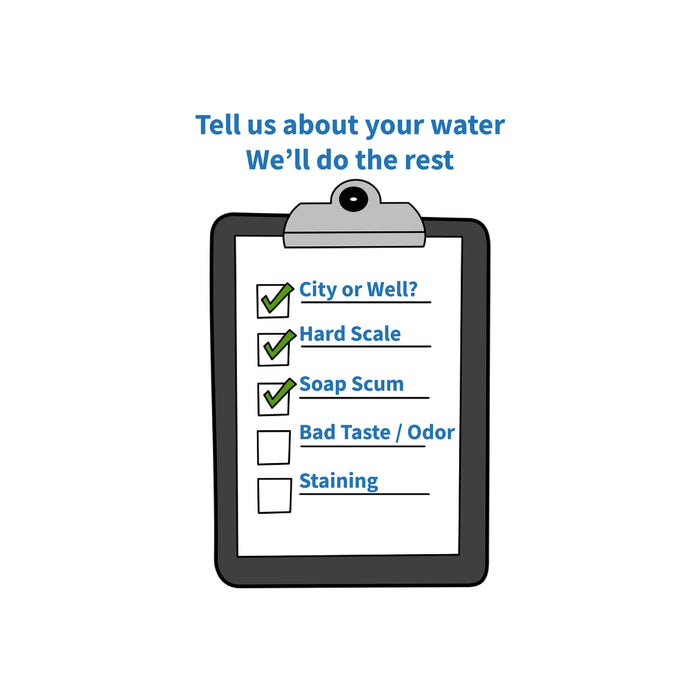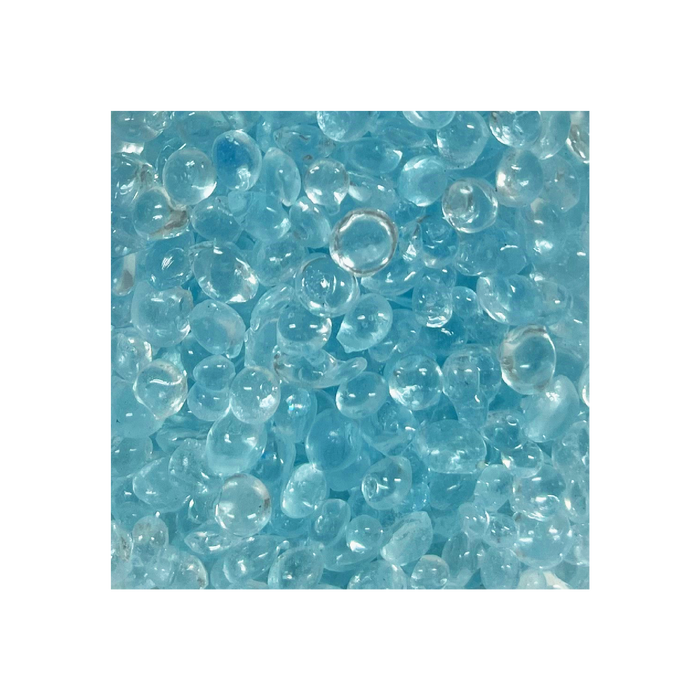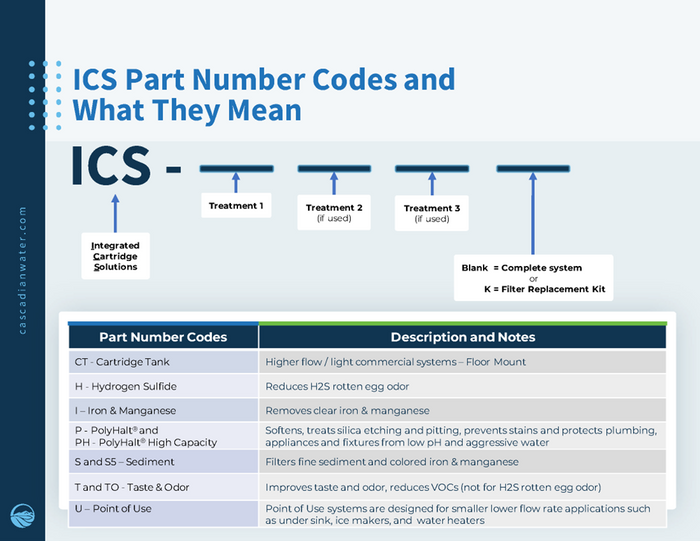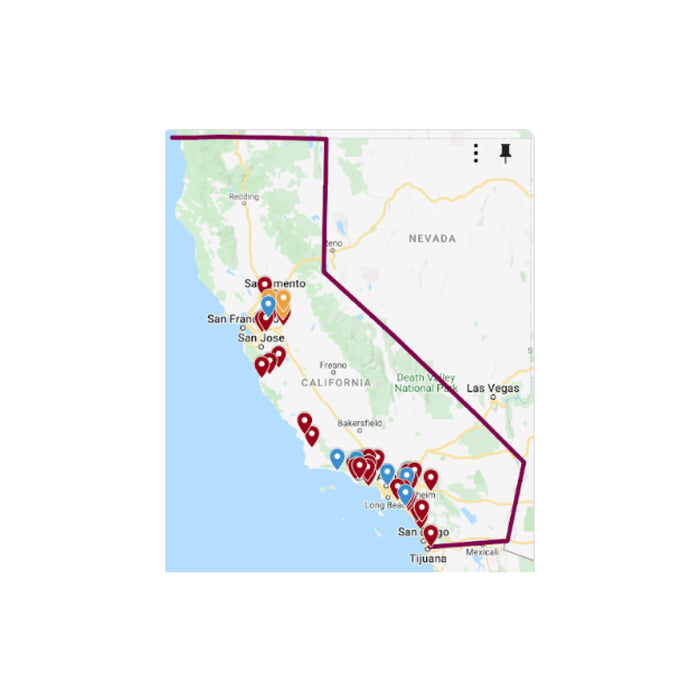PolyHalt is our very own proprietary water softening technology. The word “technology” makes it sound complex, but it isn’t. After 30 years in the water filtration industry, we arrived at PolyHalt® because it was the simplest, most natural water softening mechanism we’d ever come across, particularly compared to the highly complicated salt-softeners we manufactured before.
Sometimes, simple is more advanced than complicated.
Why PolyHalt®
PolyHalt® is a polyphosphate blend; a mineral that occurs in nature. As positively charged metal ions—that make water “hard”—pass through PolyHalt® new ionic bonds are formed. This changes the chemical makeup of the water, changing it from “hard” to “soft.”
PolyHalt® is tested for safety and approved by the NSF, a third-party agency.
The PolyHalt® Process
As we mentioned, we believe in PolyHalt® because it’s pure and simple. The sole upkeep needed with PolyHalt® filters is to replace the filter. This can be easily done by yourself and takes a matter of minutes.
The vast majority of PolyHalt® filters need to be changed only once a year. In some rare circumstances, it might need to be changed every 6 months.
If you choose our subscription program, you will both save money and never have to worry about ordering more PolyHalt® again.
How you Know When to Change my PolyHalt® filter
One indication that it’s time to change your PolyHalt® filter and softener is if water spots on your dishes become hard to clean…
When your water troubles return. Our broad based solution will address many different issues so there’s not one surefire indicator to tell everyone. Here’s a list of ways that our customers have shared with us:
- You would have gotten used to using less soap, but all of the sudden more shampoo and conditioner is needed maintain healthy clean hair
- White laundry is no longer white, but a dingy gray - indicating hardness has returned
- Dish soap is less sudzy and more is needed once again
- Unsightly stains from iron (orange) or manganese (brown/black) start popping up again
Another great method is to perform a soap sud test. We know that soft water improves the performance of soaps and that can be observed. While the correct ratio of soap/water/air can be unique, here's a general guide to perform this test yourself.
- Fill a water bottle half-full with untreated water from before your PolyHalt Softener and another with your tap water.
- Add 1-5 small drops of your favorite hand-washing dish soap
- Shake both
- Observe the amount of suds in this side-by-side comparison. The softened water will have more bubbles and taller suds.
A word of caution on this- every soap is different and your results will vary with the hardness of the water. The trick is to find the amount of soap to add for your needs. Start with one drop in each and work your way up.
How you Know That PolyHalt® is Working
PolyHalt® will drastically change the quality of your home water. It will be noticeably softer and cleaner, and will not have any of the slimy feeling of salt-softened water. Here are all the ways you’ll notice PolyHalt® working.
- Your water will taste better.
- Your hair will feel softer after showers.
- Your dishes will have much fewer spots.
- Your laundry will look and feel better.
- Your shower will have less scaling and soap scum.
- Your plumbing and appliances will have less mineral build up.
- Your scaled pipes will be cleaned out.
- Everything in your house will have less staining.
- You’ll see more soap suds when washing.
One thing that PolyHalt will not change, however, is the results of a hard water test. This is because hard water tests are outdated technology that don’t test for water quality—they only test for whether a salt softener has been applied. For more on this see our Cascadian Clear Blog












